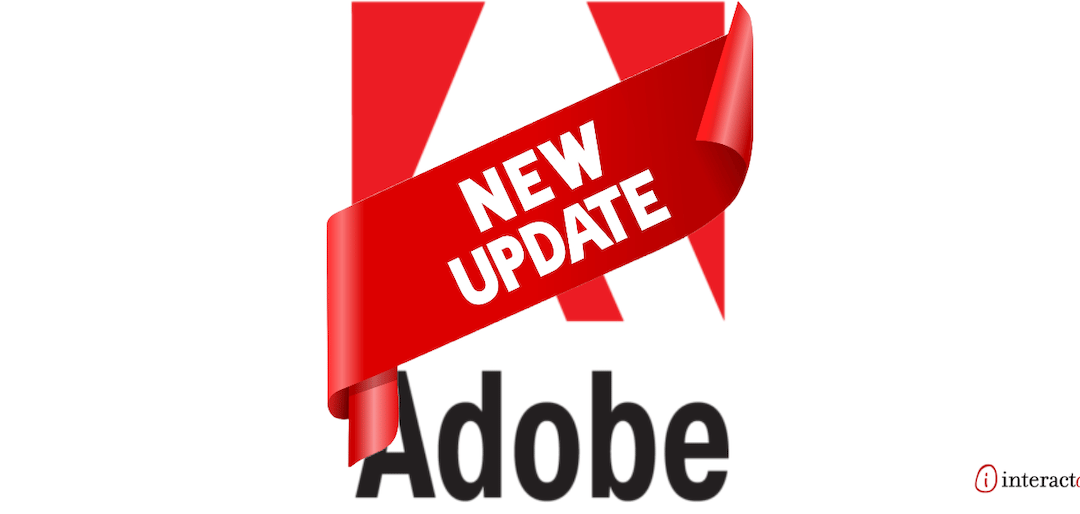
Adobe Announcements: Firefly AI & much much more!

Because Shantanu Narayen, Chairman and CEO of Adobe, stole the show at their company’s annual Adobe Summit by announcing they’re entering the AI race, joining Microsoft, Google, and others by introducing a new family of generative AI models called Firefly.
Firefly is a new group of generative AI models focused on creating images, video, and text effects. Firefly uses generative AI with graphics tools like brushes, color gradients, and video tools to speed up production and make it easier for creators to produce high-quality content.
“Our belief is that generative AI will enhance human ingenuity, not replace it,” said Narayen; he also added, “Over time, AI will help us reimagine every aspect of marketing.”
At launch, Adobe refers to Firefly as a Beta and will only be available through a website. But eventually, Adobe plans to tightly integrate generative AI tools within its suite of creative apps, like Photoshop, Illustrator, and Premiere, for your team to take advantage of.
This addition to their suite of offerings is a big deal for Adobe. The company sits at the center of the creative app ecosystem, and over much of the past year, it’s stayed on the sidelines while newcomers to the creative space began to offer powerful tools for creating images, videos, and sound for next to nothing.
The Adobe Summit also saw the launch of Sensei GenAI, natively embedded into the Adobe Experience Platform. However, it was not immediately clear how this would enhance the platform’s existing Sensei AI capabilities. Again, the aim seems to allow users to work with generative AI capabilities within Adobe Experience Cloud. In addition, Adobe also announced Adobe Mix Modeler, a new dashboard giving a cross-channel view of campaign performance, allowing real-time optimization of channel spend.
Let’s take a look at the bigger picture of this announcement from Adobe and what it means for you, its customer base, and what other Adobe Commerce features are currently available to help you optimize performance.
AI-optimized Live Search Results
Almost two years ago, Adobe Commerce launched Live Search to provide lightning-fast search results, intelligent faceting, and search merchandising capabilities without investing in an expensive third-party solution.
The latest release expands the use of Adobe Sensei in Live Search to deliver personalized results that boost relevance and conversion rates. For example, customers can optimize search results for specific queries by selecting from a set of five AI algorithms that include:
- Recommended for You
- Trending
- Most Purchased
Your team members can preview the impact of each algorithm in a test window before pushing anything live. Once a rule is set, Adobe Sensei automatically adjusts search results based on textual relevance and the selected algorithm to create a highly personalized product discovery experience. For example, the ‘Recommended for You’ algorithm surfaces products based on the shopper’s current and previous on-site behavior, and ‘Trending’ boosts products based on recent sales momentum. To learn more about Live Search capabilities, check out the release notes and documentation.

Faster Live Search Setup and Performance
Thanks to a new storefront widget, customers can now configure and launch a complete search interface and product listing page that will load not one, not two, not three, but five times faster. These increased load times are possible since all queries will be routed to Adobe’s search service for processing. In addition, the widget improves overall performance by removing the search traffic load from the site.
Advanced Segmentation and Targeting
Another new extension, Audience Activation, is changing the game! If you are looking to deliver real-time, one-to-one personalized experiences to your customers, you’ll want to take a mental note. With this update, your team can now use audiences created in Real-Time CDP to target content (dynamic blocks) and promotions (cart price rules) in Adobe Commerce. For example, a merchant can highlight a 20% off promotion on high-margin accessories to customers with a high propensity to purchase discounted add-ons. This deep integration enables more sophisticated personalization strategies that leverage data from the commerce site and other sources — like ERP and CRM systems — and AI-powered segmentation tools unique to Real-Time CDP.
Learn more about the Audience Activation here.
High-intent Data Sharing
The surge in online interactions since the start of the pandemic has raised buyers’ expectations. Most expect businesses to tailor every interaction to their needs and preferences. To meet these demands, Adobe released a new update to the Experience Platform connected for Adobe Commerce, better known as Data Connection. This release will empower businesses to build rich customer profiles, including back-office order status information, and help to deliver personalized commerce journeys. This powerful native integration goes above and beyond the traditional storefront behavior monitoring and gives marketers access to the data they need to fuel more personalized, relevant, and timely messages, as well as power in-context promotions or content to each prospect or customer. For example, an order canceled due to a supply chain issue can trigger a customer notification with a substitution offer and special discount. The same data can also be used to understand the impact of cancellations on customer lifetime value. For B2B customers, Data Connection also shares information when requisition lists are created, and products are added or removed from lists.
Learn more about Adobe Commerce data sharing capabilities here.
Payment Services for UK and France
Payment services for Adobe Commerce give merchants the simplicity of a unified platform, making it easier to securely manage transactions and order data from every storefront in one place – your eCommerce dashboard.
Now available in the UK and France, Payment Services provides payment options, easy onboarding, and comprehensive customer reporting in multiple markets. Offering this level of payment options is another important way to make your customer’s shopping experience more seamless for better results.
New Catalog Service Capabilities
Enhancements to Catalog Service for Adobe Commerce now allow customers to retrieve category data and individual product details, which speeds up the time required to render category menus and trees on any page. Merchants can also request specific layers of the category tree to show only relevant data to the shopper.
Bringing it All Together
If this announcement proves anything, it’s that the Adobe Commerce platform is not only continuously growing in its offering and abilities, but it’s also increasing in complexity, which can feel overwhelming for eCommerce managers and teams. That’s where we come in. If you want to learn more about these new features or simply want to make the most of your current site, schedule a call with one of our Dev team members today.
Stay tuned for more information on Firefly release notes and how Adobe Commerce can continue helping you and your brand succeed.
Drop Us a Line At:
email: [email protected] and [email protected]
Or, if you prefer an old-fashioned phone call:
Phone (USA): (513) 469-3346
4665 Cornell Rd. Suite 255
Cincinnati, OH 45241



















